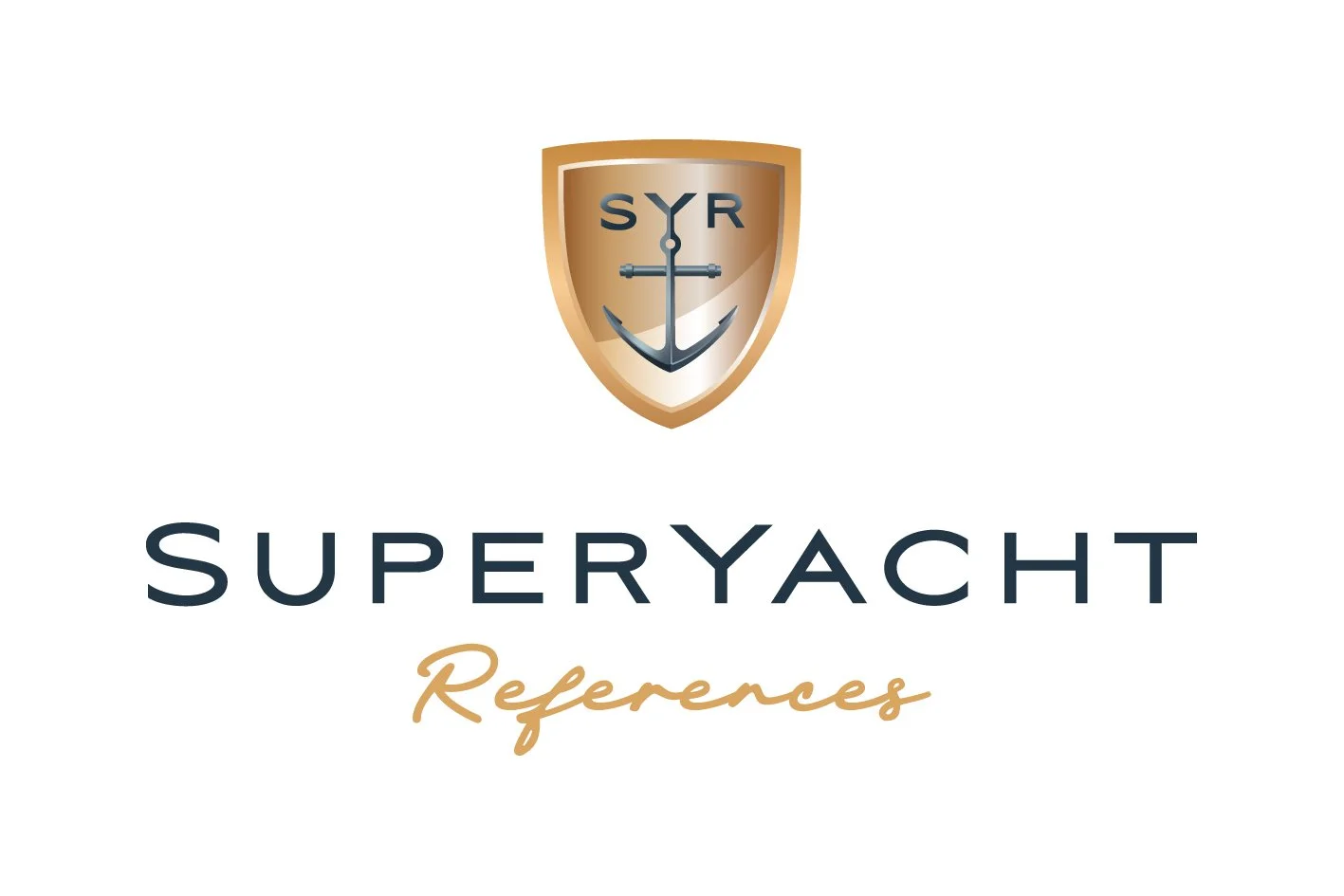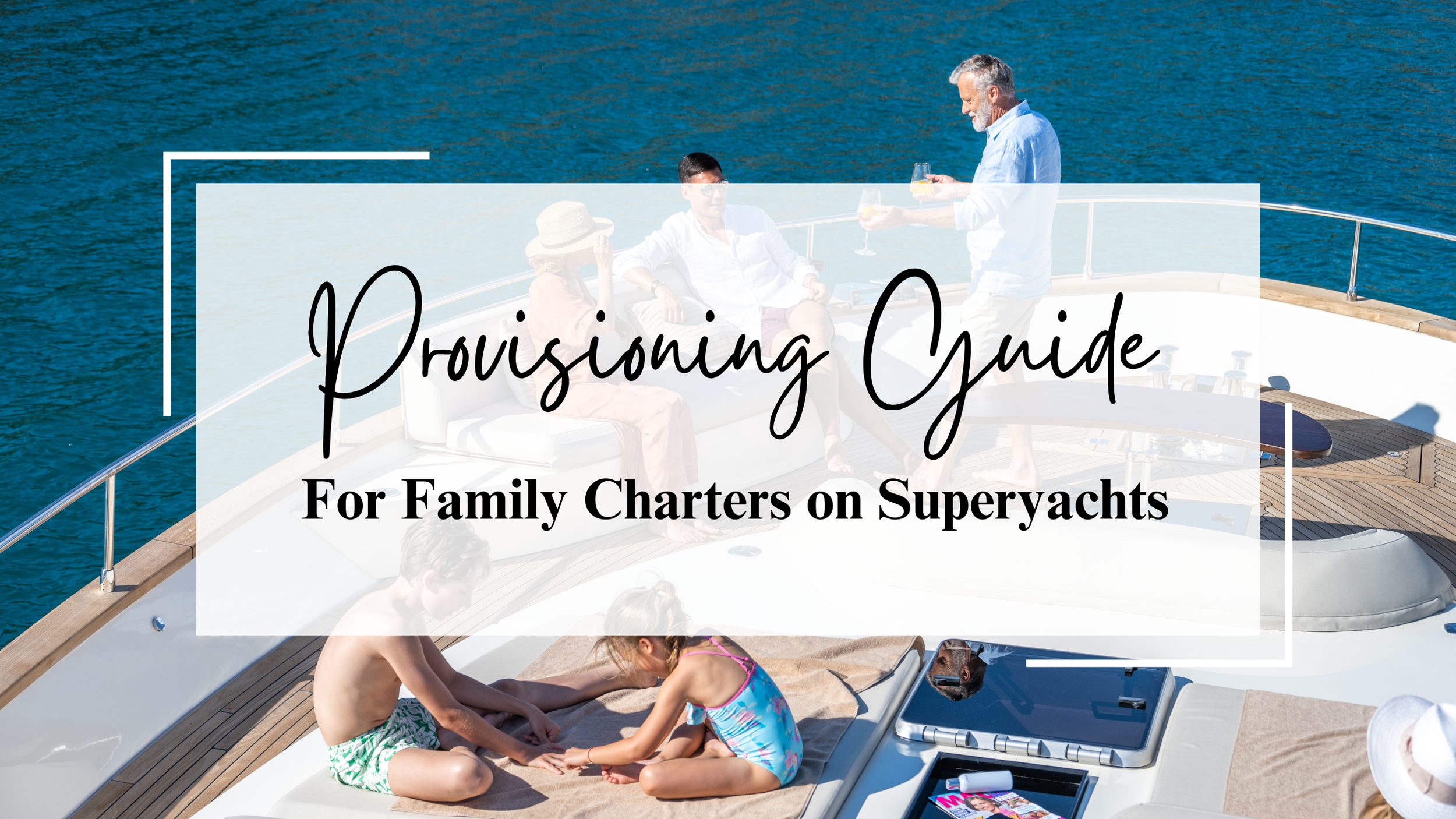written by Marien Sarriera and Craig Condy of escapescout.com
Leaving the yacht life behind isn’t just about packing up your gear—it’s about rediscovering yourself. For many of us, the shift from sea to shore is filled with uncertainty, confusion, and yes, even fear.
I know this firsthand. When I made the jump to land, I honestly had no idea who I was without the uniform. I felt overwhelmed, unsure of what came next, and, truthfully, a little lost. I kept asking myself, What now? Who am I, really?
There were many false starts before I finally went all in and hung up the skort for good. It took me years to fully move from sea to shore—mostly because I didn’t have someone to guide me through that process or help me rediscover who I was beyond yachting. I eventually found my way, but it took far longer than it needed to.
That’s why I’m so passionate about helping others navigate this chapter with more clarity and confidence than I had—and why I want to introduce you to Craig Condy.
Craig is a Business and Development Coach who specializes in helping yacht crew transition from sea to shore. Having worked on superyachts himself, he deeply understands the identity shifts, fears, and internal resistance that often come with leaving life at sea. Through his work, he helps high-performing yacht crew reconnect with their purpose, overcome inner blocks, and create fulfilling careers and businesses on land—bringing clarity, confidence, and alignment along the way.
This transition takes courage, but it leads to incredible growth. Because on the other side of fear, there’s alignment—and the chance to build a dream life that feels truly your own. I know this because I’m living mine.
Like me, Craig understands how isolating and uncertain this shift can feel—probably just like it did when you first joined yachting. But here’s the truth: moving back to land isn’t an ending; it’s an evolution. It’s a powerful opportunity for growth, rediscovery, and creating a life that’s authentically yours.
Now that he’s on the other side of that transition, Craig supports crew like you through his platform, Escape Scout, helping you turn uncertainty into clarity, confusion into confidence, and that sense of lost purpose into renewed motivation.
If you’re struggling with leaving yachting but don’t know how or what to do next—trust me, you’re not alone. Here are three tools Craig uses to help crew like you gain clarity and move forward with confidence into the next chapter of life on shore:
1. The “Transferable Skills” Audit
Write down everything you’ve done on board—from guest service and problem-solving to logistics, leadership, engineering, and safety. Then ask yourself:
• How could this skill serve a land-based business or role?
• Where have I already been an entrepreneur or leader without realizing?
You’ll be surprised at how much value you already bring.
2. The E4 Method™ (Craig’s Signature Transition Framework)
Craig created the E4 Method specifically for yacht crew, built around four pillars:
• Energy – Understanding your physical, emotional, and mental well-being post-yachting
• Essence – Rediscovering your identity and what makes you tick
• Expansion – Exploring business, career, or passion pathways
• Execution – Putting a clear, step-by-step plan in motion
Even applying one pillar today can make a significant impact. For example, you can start by journaling to clarify your Essence—the things that make you feel alive, energized, and connected to your true self. Reflect on questions like:
• What activities or experiences made me feel the most fulfilled on board?
• What did I enjoy most about working with my crew?
• What values did I live by that I want to carry forward?
Journaling can help you uncover more about who you are now and who you want to be moving forward.
3. The 100 List Challenge
List 100 people who know, like, or trust you—old crew mates, guests, industry contacts, friends. Then ask:
• Who can I reconnect with?
• Who might need what I’m building?
This simple step alone has helped many of Craig’s clients land first contracts, business opportunities, and mentorship.
Ready to Create Your Next Chapter?
If you're feeling the pull to do something meaningful after yachting, you're not alone—and you don’t have to figure it all out by yourself.
Through coaching, online programs, and personalized support, Craig helps you create a fulfilling life after yachts ashore. Whether you’re looking to start a business, pivot careers, or simply figure out what’s next, give yourself the gift of exploring how Craig can support you on your journey.
Click Here to Book a free 30-minute Discovery Call
No pressure. Just a real conversation to help you get clear on your next steps.
You’ve explored the world—now it’s time to explore yourself.
Craig Condy is a Business and Development Coach specializing in helping yacht crew transition from sea to shore. Having worked on superyachts himself, Craig understands the challenges of making the shift from life on the water to life ashore. Now, he helps high-performing yacht crew reconnect with their purpose, overcome internal resistance, and build thriving businesses and fulfilling lives on land—providing clarity, confidence, and alignment along the way.
Learn more at www.escapescout.com

















































